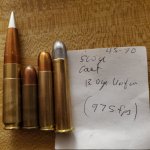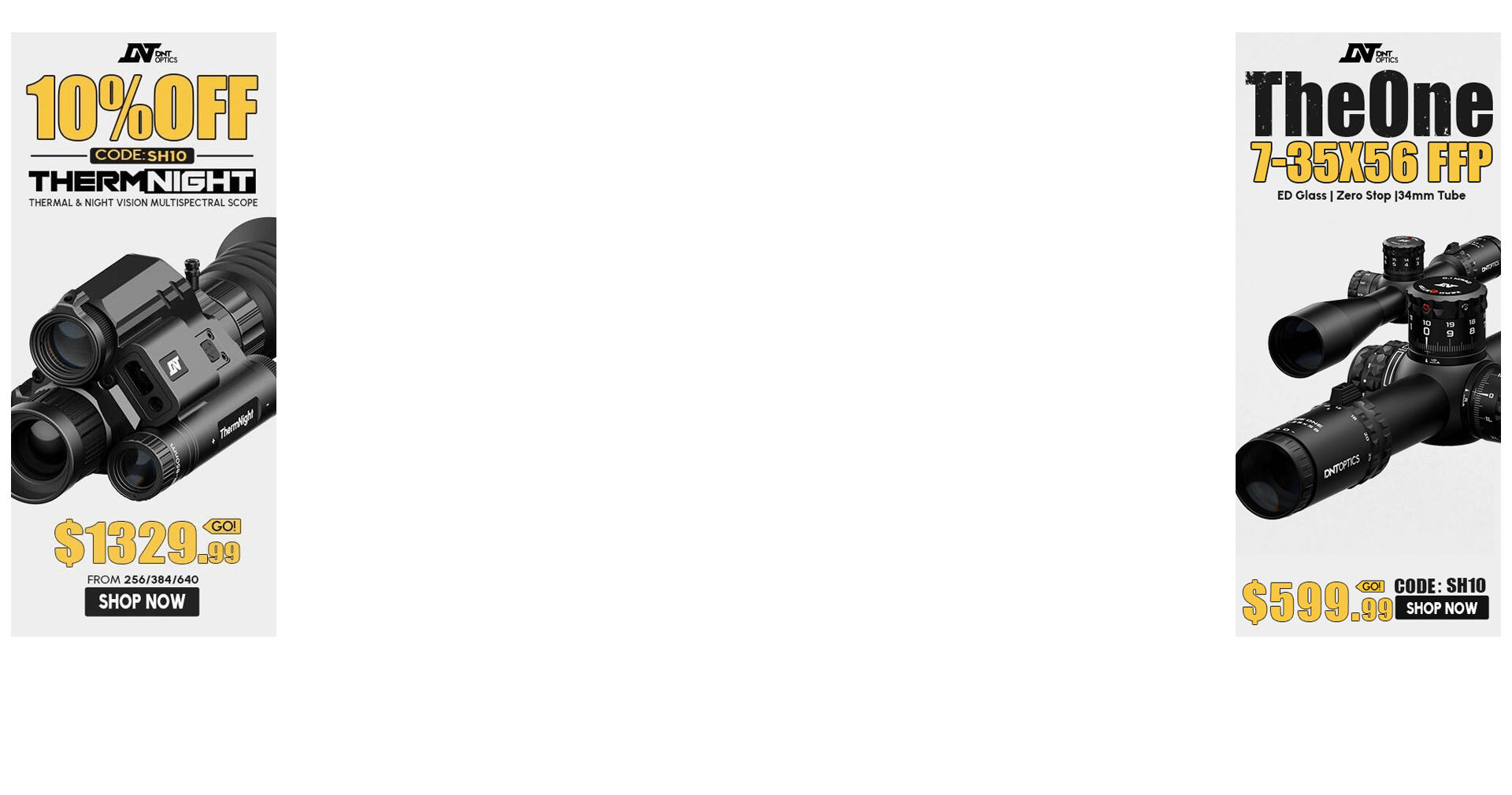Hodgdon RLDC has a subsonic load listed for 45-70:
13.0gr Titegroup
410 HDY SUB-X
COAL: 2.547"
MV: 1005 FPS
27,900 PSI
I don't have the 410gr bullets, so I tried a small batch of ACME 405 LFP over 13.0gr Titegroup. I seated them a bit deeper to crimp to the cannelure. Velocities verified with a Garmin Xero C1:
Henry X 45-70, 20 shots:
Anybody try something like this? I'm looking for the lowest velocity possible that will stabilize reliably.
13.0gr Titegroup
410 HDY SUB-X
COAL: 2.547"
MV: 1005 FPS
27,900 PSI
I don't have the 410gr bullets, so I tried a small batch of ACME 405 LFP over 13.0gr Titegroup. I seated them a bit deeper to crimp to the cannelure. Velocities verified with a Garmin Xero C1:
Henry X 45-70, 20 shots:
- AVG Kinetic Energy: 1242.3 FT-LBS
- AVG MV: 1175.5 FPS
- EX SPREAD: 18.0 FPS
- STD DEV: 4.8 FPS
- MIN VEL: 1165.6
- MAX VEL: 1183.6
Anybody try something like this? I'm looking for the lowest velocity possible that will stabilize reliably.



